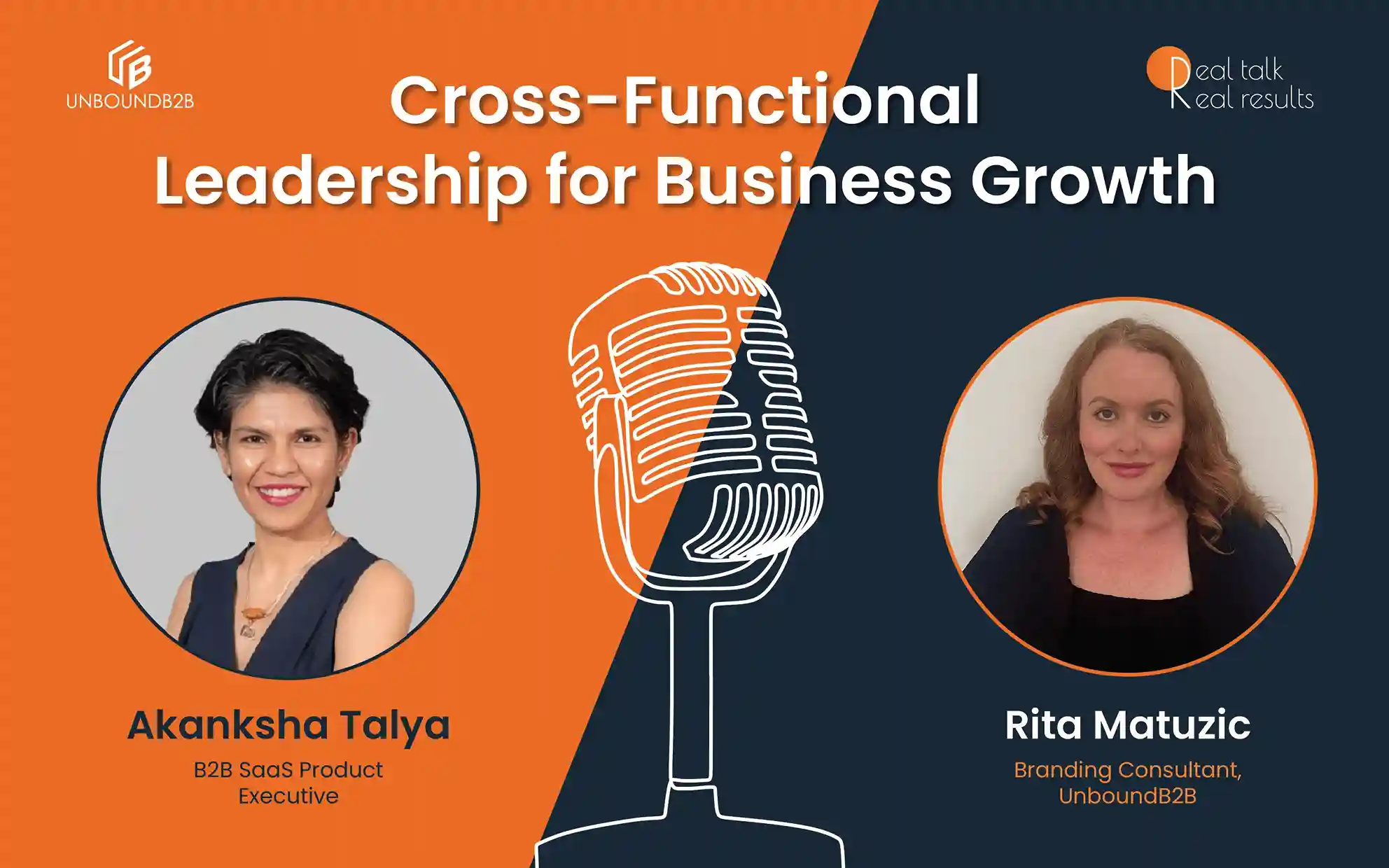
Introduction
When putting together a lead generation strategy, it is imperative to understand the best tactics and strategies to use as well as the mistakes that you should avoid if you want to have a smooth path to success. In this blog post, we shall focus on fifteen lead generation mistakes that are common in the software industry.
1. Not Highlighting Your Key Differentiators
Software buyers often compare and contrast the choices that they have before entrusting their business to a chosen provider. It is, therefore, critical to provide clear differentiating information or the unique selling proposition that your software has over other choices on the market. Understanding what your competitors offer and understanding exactly what your potential customers want is crucial if you’re going to convince buyers that you are the best choice for them. Avoiding any mudslinging and instead focusing on features that will address customer needs is a good guiding principle.
2. Not Working With Marketing Experts
Understanding your software business is one thing, understanding the market that you want to reach is a whole different ball game. Additionally, paying attention to your competitors and the latest tools and methods to market to your target group is critical as well. In essence, if you want to succeed with your lead generation campaign as a software seller, then you must find experts that specialize not only in lead generation but also in the software industry. A software lead generation specialist will help you to focus your efforts on the right activities for optimal results including higher quality leads, higher conversion, shorter sales cycles, etc.
Fuel your growth with precision-targeted leads and see the difference in your sales pipeline.
3. Not Prioritizing Your Market
Ideally, you want to reach anyone slightly interested in what you have to offer. However, in the real world, you are limited by your marketing resources vis-à-vis the impact you want to have. Basically, it is better to prioritize the low hanging fruit first, (those that are ready and willing to pay for your software right away). Next, go for those that are ready and willing to purchase from you within a specified future date and finally those that need some convincing.
Identifying the different buying personas that are likely to purchase from you and then filtering the personas based on whether they are qualified leads or not is critical to the prioritization process.
4. Marketing and Sales Teams are Not Aligned
More specifically, sales and marketing should be aligned about precisely what a qualified lead is so that there can be a smooth hand-off between both teams. In essence, sales and marketing teams should meet and come to terms about who exactly a qualified lead is and at which point a Marketing Qualified Lead (MQL) should be handed over to the sales team as a Sales Qualified Lead (SQL). Lead quality and Lead quantity thresholds should be mutually agreed upon so that lead generation efforts by both sales and marketing teams can be optimized.
5. Overlooking The Buyer’s Journey
Above and beyond understanding buyer personas, it is critical to also understand exactly which part of the buyer’s journey a specific lead is in. For example, if a lead is in the awareness stage, providing them with content about different features and how they contrast from other competitors can be a lead generation mistake. On the other hand, some leads may be well beyond the awareness stage and may be looking for useful content to help them make a purchase decision. Providing helpful content for each stage of the buyer journey is critical to closing the deal.
6. Poor Timing
A part of understanding buyer personas and your target audience is understanding their buying process including which quarter of the year they are likely to purchase your software, how long their buying process takes, how many people and who exactly is involved in the buying process, etc.
Understanding this information will allow you to schedule the lead generation and lead nurturing process for maximum effect, giving enough time for the software buyer to understand what you have to offer and build trust that you will solve their specific need. Most importantly, when the software buyer has set aside the budget to make the purchase and is ready to spend, this is precisely when you should make an offer that they cannot refuse.
Reach the target audience at the right time with UnboundB2B pinpoint Lead Generation services.

7. Having a Complicated Message
B2B selling requires you to reach everyone involved in the buying process. Some of the individuals involved in the buying process may have a technical understanding of the software while others may not. You, therefore, need to tailor your lead generation messages to the right people based on what appeals to them. For example, you can have a technical message including the key features and benefits of using your software directed at those with a technical understanding and an operations/finances-based message for business leaders.
Additionally, summarizing your software features into two or three sentences that highlight your unique selling proposition is crucial for grabbing attention.
8. Not Split-Testing Landing Pages
If you do not A/B test your landing pages, then optimizing the design of the page for your different target audiences becomes almost impossible because there is no one-size-fits-all formula. Additionally, ensuring that common mistakes made on landing pages are avoided is critical. Some of the common mistakes include ambiguous offers, CTAs that don’t appeal to buyer personas or the buyer journey, keeping useful information above the fold so that scrolling is not required, etc.
9. Asking For Too Much or Insufficient Information
One of the best ways to capture information about leads is by using the lead capture form. However, asking for too much information is likely to scare leads away while insufficient details won’t help you target high-quality leads. Again, split-testing what is too much or what is too little based on your goals is imperative if you want to design the optimal lead capture form.

10. Not Having a Strategic Social Media Strategy
Having a sophisticated social media strategy that is focused on high-quality lead generation is not just undeniably crucial, but is expected as well. The critical distinction is not just using social media but understanding where to focus your attention (choice of social media platform) and on what to focus your attention on (the message directed at different personas). Essentially, not every social media platform will be ideal for marketing your software. Some social media platforms will be better than others based on what your target audience demands and based on where they like to be found.
11. Not Tracking Your Lead Generation Efforts
Tracking your lead generation is useful for optimizing your efforts in targeting software buyers. Depending on your specific goals and the different strategies you use to target leads, different metrics will be more useful than others. For example, if you are using email marketing, open and click-through rate will be valuable metrics to follow. Other useful metrics to track include the number of qualified leads, cost of each qualified lead, single-touch and multi-touch ROI, etc.
12. Not Generating Organic Leads
If you are buying leads and not generating them organically, then you will be at a disadvantage in the long-term. The main drawback of buying leads is that it is a short-term solution to a long-term problem. Buying reliable, high-quality leads is almost impossible, and when it is possible, the cost of these leads will often be excessively high.
The 2024 State of Marketing report reveals that search engine optimization (website, blog) was identified by 16% of marketers as a channel generating the biggest ROI. A better approach is to attract your own high-quality leads organically and allowing them to opt-in to your marketing lists. This way, you can nurture prospects and leads that are likely to become your customers and promoters over time.
13. Not Optimizing Top Web Pages for Lead Generation
It is critically important to provide opportunities for audiences to convert on your top website pages. Providing opportunities for audiences to convert, such as using Call-To-Action buttons, or lead capture forms on popular website pages is a great way to build the number of leads that you generate from all your marketing efforts.
14. Not Having a Clear Vision or Thought Leadership
According to the 2024 Edelman-LinkedIn B2B Thought Leadership Impact Study, 75% of decision-makers and C-suite executives say that thought leadership content has led them to research a product or service they weren’t even considering. As such, publishing thought leadership during the lead generation process is useful for software companies that want to attract buyers that will eventually buy from them. The thought leadership also serves to increase trust and brand reputation in the software company.
15. Relying On Pure Word-of-Mouth
The HubSpot State of Marketing 2024 Report states that 75% of marketers believe personalization experience drives sales and repeated business. Undoubtedly, word-of-mouth referrals work great for a lot of products. However, for software products, pure word-of-mouth is not sufficient enough to sway a buyer to make a purchase decision.
Just because a software product has been recommended does not necessarily mean that it will solve a particular buyers pain point. It may nudge the potential buyer to give the suggested software a chance, but the referral may not be compelling enough to directly lead to a purchase.
It will be useful to build on the trust created through the referral by using several other strategies including the use of thought-leadership content, using surveys to gather information about pain points and then addressing those pain points directly by positioning the software product as a solution.
Conclusion
Most of the mistakes in lead generation listed above can be easily avoided by teaming up with software lead generation partners that understand your software business and the market that you speak to. Having a well-thought-out lead generation strategy in place is imperative if you want to focus your resources on capturing high-quality leads that will convert. Avoiding these mistakes should be a part of building your well-thought-out lead generation strategy.
Our blog
Latest blog posts
Tool and strategies modern teams need to help their companies grow.

Programmatic ABM combines the effectiveness of targeted engagement with automation. I...

Take advantage of the year-end holiday rush so you can boost your SaaS revenue and st...

Boundaryless, cross-functional leadership is the key to successful, high-performing p...






